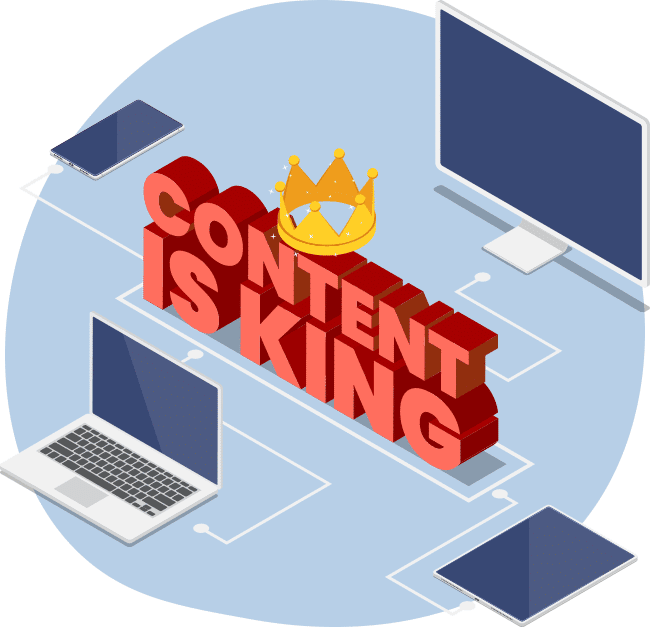Are you looking to get a better SEO ranking in Google’s Organic Search Results?
Here are the top 5 categories that you should focus on:
TECHNICAL
One of your website’s core SEO components is its technical ability to render and deliver content. Site speed, especially on mobile has become a key factor in Google’s algorithm for determining your site’s position in organic search.
Here are a few website technicals you should keep an eye on:

INBOUND LINKS

There are two primary types of inbound links. Online Directories (Citations) and Referring Sites.
A citation is an online reference to your business’s name, address, and phone number. Google uses these to evaluate your business’s domain authority.
Online directories are among the top sources for finding websites on Google. While Google has its own online directory through Google Maps, it also relies on a multitude of third-party directories to establish domain authority. With hundreds of relevant directories on the web, it’s essential to keep your listings consistent. Ensuring that your name, address, phone number (NAP) and website URL are the same across all platforms will help increase your site’s credibility and SEO ranking.
Web syndication is the process in which content on your site is distributed to other sites creating backlinks to your site. For example, sharing your most recently added content, blogs, and news to other sites can enhance domain authority. Another great source for Inbound Links are writing articles for other sites and requesting a link to your site for more information.
STRUCTURAL
Just like a brick-and-mortar store, your website needs to have an efficient layout. Your website’s structure refers to how the website pages and sub-pages are hierarchically organized and linked to one another. It is particularly important that crawlers can find all subpages quickly and easily, especially when websites have a large number of subpages. A user’s ability to navigate your website is important to both your customer and to Google. Site structure tells Google what your site is about and how to direct your potential client to the “right department.” Organized navigation, cornerstone pages, and efficient internal link building can allow both your website visitor and Google to effectively navigate the site. This creates a site Google loves as well as a pleasant experience for your customer.

CONTENT

Certainly, you’ve heard the phrase, “Content is king”. This is particularly relevant when it comes to your website.
Making sure that the content on your website clearly and accurately describes services, and utilizes the proper keywords in the right places, has a major influence on the position on Google’s Search Engine Results Page (SERP).
Here are some things to consider when it comes to website content.
USER EXPERIENCE (UX)
This is where the rubber meets the road. For all the things listed above, if the user doesn’t have a good experience on your site, all that effort was useless…and yes it matters to Google…a lot. Google’s mission is to organize the world’s information and make it universally accessible and useful. If your website is not consistent with that mission, then Google is less likely to recommend you. But how can that be measured by Google? Great question. Google uses its own set of metrics to help determine this. As a matter of fact, In May 2020, Google announced its new Core Web Vitals, a set of user-focused metrics designed to measure a page’s “health” in terms of providing a smooth and seamless user experience. These metrics are made up of three components: content loading speed, interactivity, and visual stability.
In addition to the above items, Google can use metrics from Analytics such as time on page, bounce rate and more.
The user experience also can be impacted by using different content blocks to make the page more interesting, informative, and/or intuitive. These different types of blocks within the page are designed to best deliver various types of content. These “content blocks” can include items like a table of contents, pictures, videos, lists, FAQs, reviews, quotes, and more.

Would you like a FREE comprehensive Digital Marketing Analysis preformed?
Rooks Advertising Agency provides a complete in-depth Digital Marketing Analysis including:






